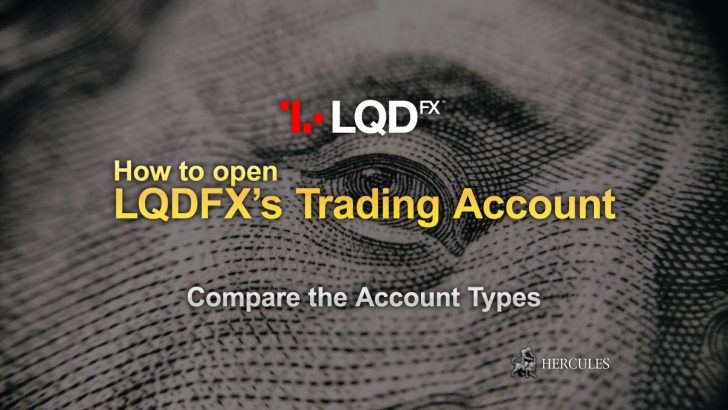Question: What is Margin or Warranty on the futures market?
Types of Margin in Futures Trading
Trading futures, the trader does not come into possession of the asset – this is one of the main differences between trading derivatives and, let’s say, stock trading.
You are given the right to operate a futures position in exchange for a security deposit (margin).
The trader places secured funds on clearing company’s account (or non-clearing FCM) and becomes entitled to trade on the exchange.
This deposit is a guarantee that the trader will be able to pay the loss suffered on the market.
There are three types of margin securing: INITIAL margin, MAINTENANCE margin and DAYTRADE margin.
1. Initial Margin
Initial Margin is the initialization (or starting) margin.
This is the amount that the exchange wishes to see on your account on the day of position opening (on the first clearing transfer) for each futures contract opened by you.
Initial margin is the function of the underlying asset price volatility and the size of the contract, in addition to other factors, and can vary in either direction, depending on the situation on the market of the underlying asset.
The exchange usually warns of changes to their margin requirements at least one day prior.
2. Maintenance margin
Maintenance margin is the minimum amount of money on deposit to support open positions for each contract after the first clearing.
The maintenance margin is usually a percentage of the primary margin, and, of course, increases or decreases in the corresponding changes of the initial margin.
If the value of the customer’s account falls below the maintenance margin level due to adverse price movement, the broker shall send a request to the client for restoration the balance of the customer’s account to the initialization level.
3. Day trade Margin
Given the fact that a lot of traders do not want to take the risk of roll-over through breaks between sessions or the weekend and are content to gamble in a single trading session, brokers offer special conditions of trade for such traders – lower margin, which is valid within only one trading session.
This margin is only possible because the modern broker has the technical ability to quickly track positions and control the risk of open positions on its part (read – to eliminate particularly risky ones).
Intraday margin can be established by broker in any amount subject to the risks of a negative balance on the customer’s accounts.
Intraday margin is set based on the assumption that the trader will close all open positions before the end or at the end of the trading session and can be expressed in a much smaller amount than initial or maintenance margin.










